- Home Page
- Books
- Articles
- The Tribes
- Presentations
- Bonus Material
Ancient History Reconsidered
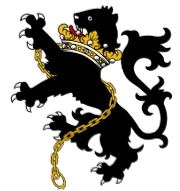

The Tribe of Shimon:
Because of the evil deed which they committed in putting Shechem’s family to the sword, Shimon and Levi were the only two tribes who did not receive a blessing at the hands of the Patriarch Yaakov (Jacob):-
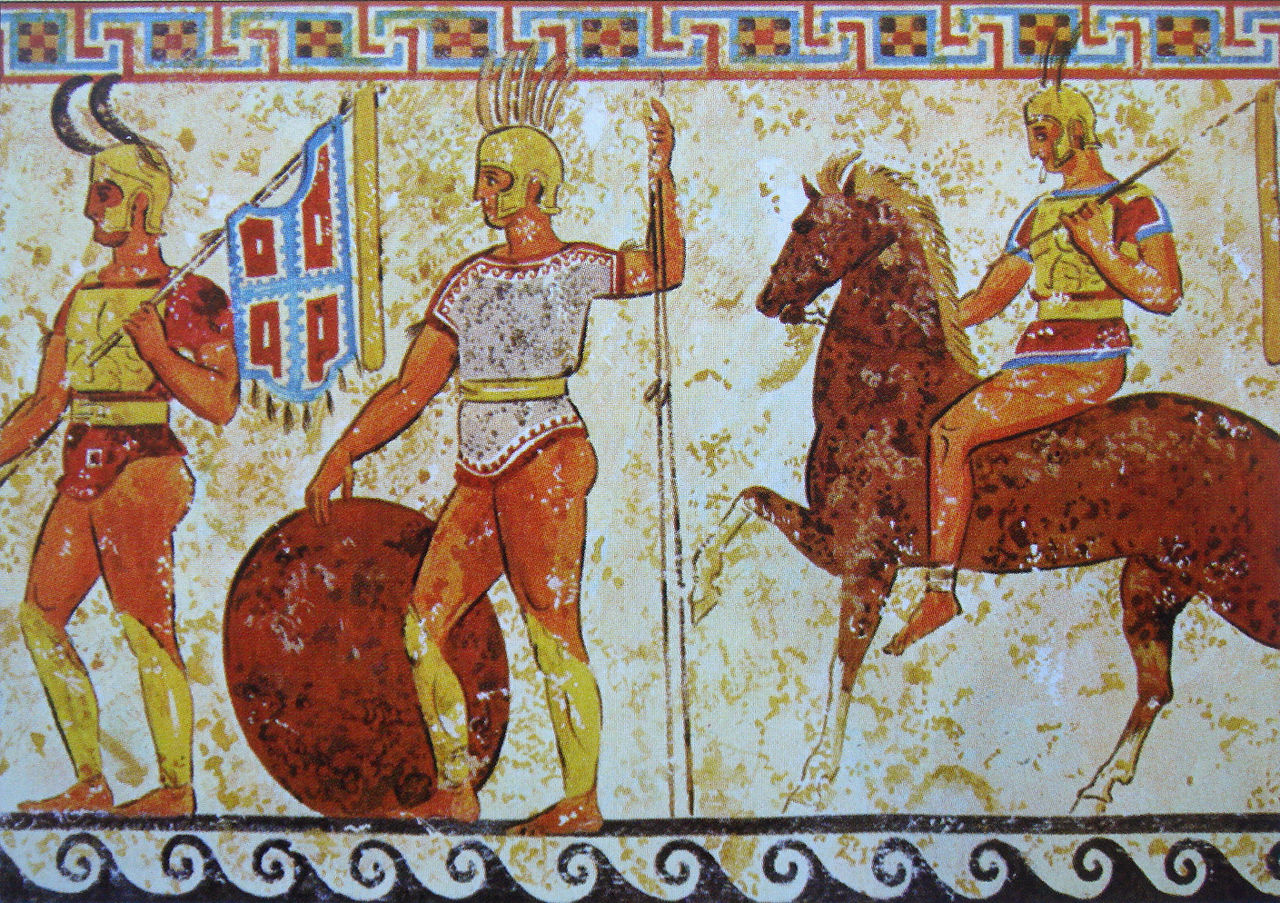
Samnite warriors from a tomb frieze in Nola dated to the 4th century bce.
“Simeon and Levi are brethren; instruments of cruelty are in their habitations. O my soul, come not thou into their secret; unto their assembly, mine honour, be not thou united: for in their anger they slew a man, and in their selfwill they digged down a wall. Cursed be their anger, for it was fierce; and their wrath, for it was cruel: I will divide them in Jacob, and scatter them in Israel.” (Gen. 49:5-7.)
The story of how they took the law into their own hands and killed Shechem and his family, who were prepared to do the right honourable thing after Shechem slept with and defiled their sister Dinah, is recounted in Genesis Chap. 24. When Moses was handing out the blessings just prior to his death, the tribe of Shimon is conspicuously absent from those who were blessed. These blessings are recorded in Deuteronomy (D'varim) Chapter 33.
Some of the tribe of Shimon settled in Mount Seir:-
“And some of them, even of the sons of Simeon, five hundred men, went to mount Seir, having for their captains Pelatiah, and Neariah, and Rephaiah, and Uzziel, the sons of Ishi. And they smote the rest of the Amalekites that were escaped, and dwelt there unto this day.” (1 Chron. 4:42-43)
These became the Samnites who at one time dwelt in Italy. Strabo believed that the Samnites were descended from the Edomite tribe of Sabini,1 but this sort of rationalization was commonplace amongst the classical writers. The Samnites were descended from the tribe of Shimon whilst the Sabini were descended from Duke Tsibeon (AV Zibeon) son of Seir. (Gen. 36:20 and 1 Chron. 1:38.)
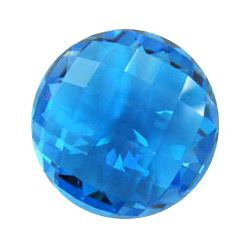
Blue topaz. |

Yellow topaz. |
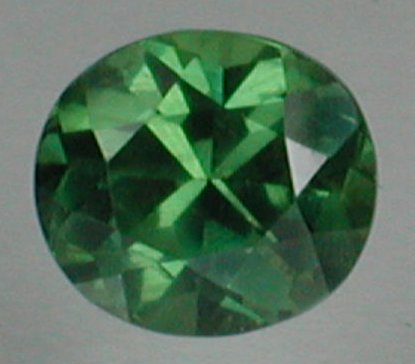
Green topaz. |
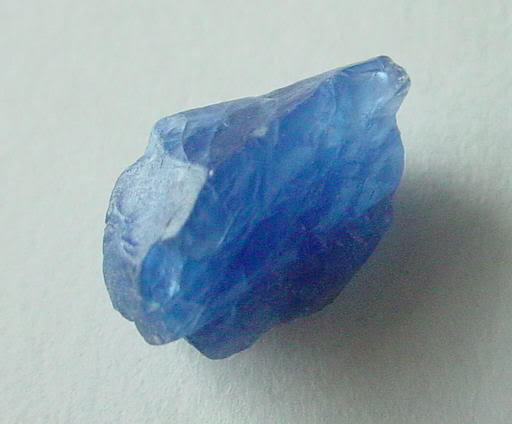
Sapphire. |
Shimon’s Stone
Each of the stones on the breastplate, which was worn by the High Priest, represented one of the twelve tribes. The stone which represented the tribe of Shimon is called פִּטְדָה pitdah, which is understood to have been a topaz. (Exod. 28:17 & 39:10) The topaz is usually a blue coloured stone, though it can also come in a green, yellow or gold variety. The Jewish Encyclopedia argues for the stone being either a green, yellow or yellow-green colour.2 The Book of Revelation (21:19) names the second stone as sapphire, which is usually a blue stone. As stated above, the tribe of Shimon was scattered amongst the various tribes of Israel. It is therefore difficult to say for certain what colour the tribe of Shimon went under, but the indications are that the tribe was probably represented by the colour yellow. The only drawback to this conclusion is that the flag used by the Samnite warriors depicted in the tomb frieze at Nola in Italy (see picture above) is clearly blue, which suggests that we are talking either of the blue topaz or sapphire. This would then mean, however, that four of the stones in the breastplate were blue, which surely cannot be right.
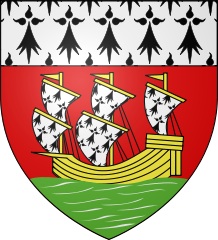
Nantes Coat of Arms.
The Samnites are last recorded by Ptolemy as being in France in the region to the north of the river Loire, where it enters the sea at the Bay of Biscay.3 This means that they were dwelling alongside another Israelite tribe known as the Namnetae, a people who at one time dwelt in Italy. The name Namnetae appears to be a corruption of Neo-Menashe. (See The Forgotten Tribe of Naphtali & the Phoenicians for a fuller explanation.) The Namnetae founded the city of Nantes.4 The Coat of Arms of this city shows three influences: The red field represents the tribe of Reuben, whilst the black and white sails and the black and white on the top of the shield represent the tribe of Joseph.This leaves the unusual green colour, which is used to represent the sea, which I can only interpret as representing the tribe of Shimeon, though admittedly it could also represent the tribe of Judah (emerald).
The matter is therefore open to conjecture as to what colour the tribe of Shimeon used.
| 1. | Strabo, Geography v.iii.1. [Return] |
| 2. | Jewish Encyclopedia, entry under Gems. [Return] |
| 3. | Ptolemy, Geography Book 2, Chap. 8, §.6. [Return] |
| 4. | Originally known as Condivincum, but later as Namnetes or Nantes. See entry under Namnētae in Harper’s Dictionary of Classical Literature and Antiquities, Harry Thurston Peck, New York 1898. [Return] |
Dated 28 Dec 2013.
©AHR Researches.